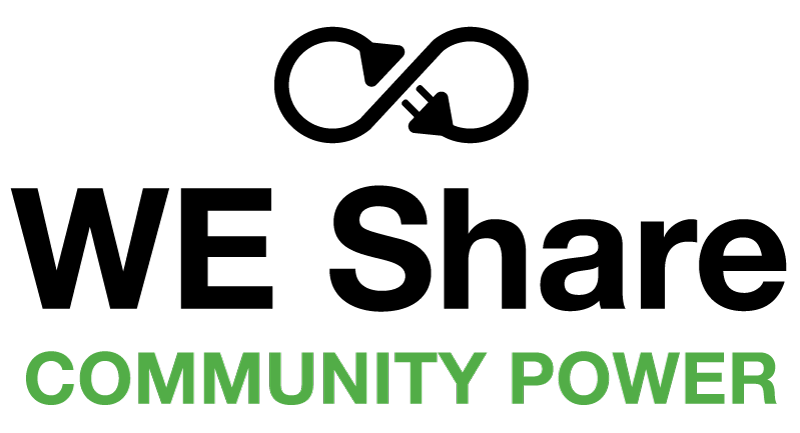Consent Based Decision-Making
1. What Is Consent-Based Decision-Making?
A respectful, inclusive method where decisions move forward unless a valid, reasoned objection is raised. Our guiding question:
“Is it good enough for now and safe enough to try?”
This approach:
- Aligns with WE Share values and unbreakable agreements.
- Builds trust and inclusion.
- Encourages shared ownership and experimentation.
- Avoids dominance by loud voices or majority rule.
2. Why We Use It in WE Share
- Values Alignment: Decisions honour the WE Share Charter and Guiding Principles.
• Trust & Inclusion: Everyone’s voice can shape the outcome.
• Adaptability: Supports learning, course correction, and innovation.
• Fairness: Avoids coercion or political capture.
3. The 4-Step Decision Process
(Updated to include Supermajority fallback)
Step 1 – Present a Proposal
Keep it clear, purpose-driven, and values-aligned. Provide relevant background so all members can make an informed decision.
Step 2 – Consent Check
Ask: “Does anyone have a strong objection to moving forward with this?”
• If no objections: Consent is granted, decision is recorded.
• If objection(s): Move to Step 3.
Step 3 – Address Objections
Objections must be valid (values misalignment, unclear or unsafe implementation, lack of capacity/readiness). Work collaboratively to adapt the proposal until it’s safe and workable. Limit to two refinement cycles to avoid process paralysis. After each refinement, re-check for consent.
Step 4 – Supermajority Fallback
If unresolved after two refinement cycles:
1. Facilitator announces: “We have reached the point where the consent process is exhausted. We will proceed to a supermajority vote.”
2. Thresholds:
• Standard decisions: 66.6% or more of voting members present must vote “Yes.”
• Major Charter/structural changes: 75% or more required.
3. Method: Raise hands, voice vote, or written ballot (agreed beforehand).
4. Outcome:
• If threshold met: Proposal passes.
• If not: Proposal is dropped, reworked for future, or escalated to a community forum.
4. What Counts as a Valid Objection
- Misalignment with values or Charter
• Safety risks or lack of readiness
• Insufficient clarity to act responsibly
“I just don’t like it” is not a valid objection.
5. Integration in WE Share
- Every meeting includes a Consent Check for proposals.
• All proposals follow this 4-step structure.
• All collaborators receive this guide at onboarding.
• Decisions and objections are logged for transparency.
• Feedback cycles are part of every project review.
6. Language You Can Use
- “Is this safe enough to try and good enough for now?”
• “Let’s go around and check for any strong objections.”
• “Thanks for the objection — how can we improve this together?”
• “We’ve tried twice to resolve objections. It’s time to move to a supermajority vote.”
Document Status: v1.3 – Updated to include supermajority fallback post WE Share soft launch presentation Aug 12,2025
Effective Date: August 2025

